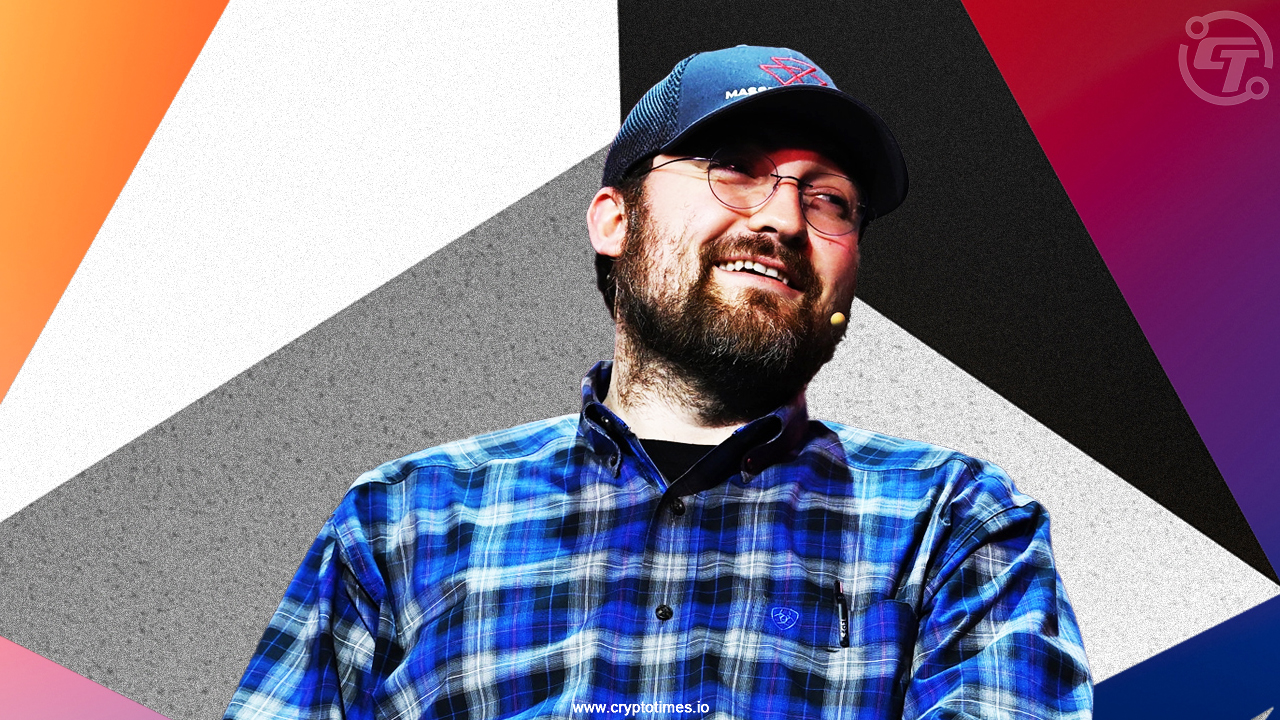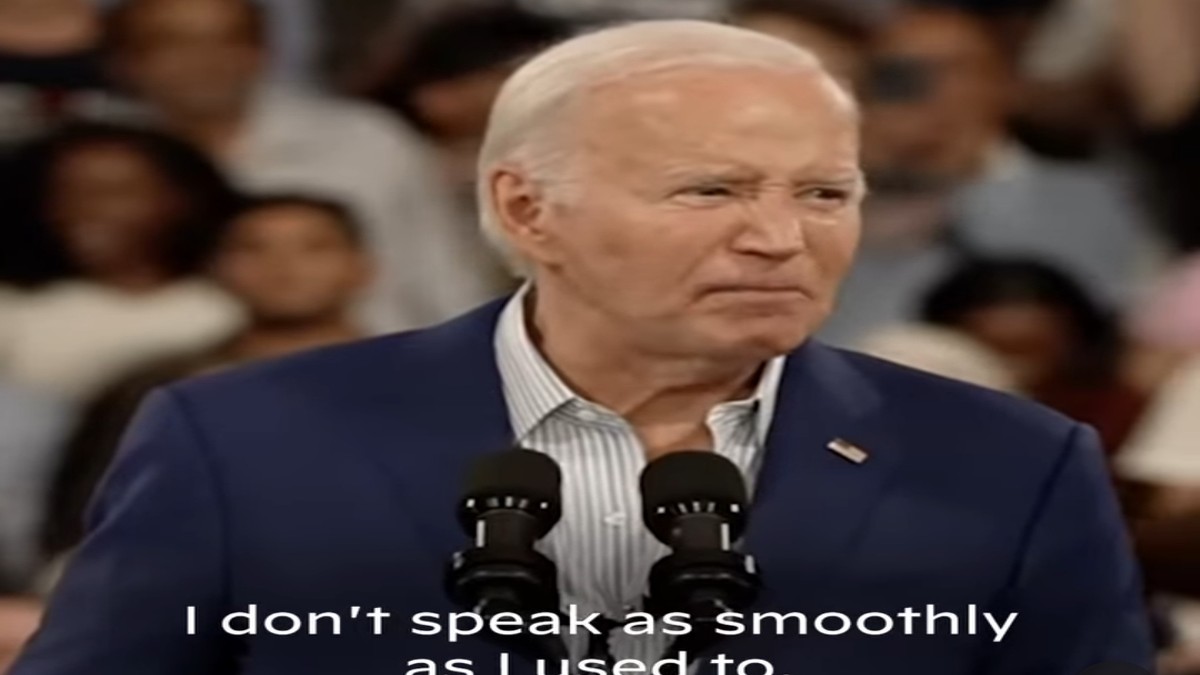Hold the phone, folks! The supposedly revolutionary world of tokenized US Treasuries is looking a little too centralized for my liking. New data from RWA.xyz reveals that just six entities – yep, you guessed it, the big boys – control a whopping 88% of the entire tokenized US Treasury market.
Seriously? Is this the disruption we were promised?
BlackRock, naturally, is leading the charge, with its BUIDL fund boasting a $2.5 billion market cap. That’s a colossal 360% larger than its nearest competitor! Following closely behind are Franklin Templeton’s BENJI ($707M), Superstate’s USTB ($661M), Ondo’s USDY ($586M), Circle’s USYC ($487M) and Ondo’s OUSG ($424M). These six funds collectively represent 88% of all tokenized Treasuries.
Let’s unpack this a bit, because it’s crucial to understand what’s happening.
Tokenization aims to bring real-world assets (RWAs) – like US Treasuries – onto the blockchain, theoretically making them more accessible and efficient. However, this concentration of power raises serious questions. Is this truly democratizing finance, or simply giving traditional finance giants a new playground?
Here’s a quick dive into the core concepts:
Tokenization is the process of representing an asset – real or digital – as a digital token on a blockchain. This facilitates fractional ownership and increased liquidity.
Real-World Assets (RWAs) refer to tangible assets like bonds, commodities, real estate, and even collectibles that are brought onto a blockchain network.
Decentralized Finance (DeFi) envisions a financial system independent of central authorities, offering greater transparency and control to users. Currently, that vision seems… distant in this space.
We need to keep a watchful eye on this space. We need to demand greater participation and a truly level playing field if we want tokenized RWAs to live up to their potential. Otherwise, it’s just the same old game with a new, shiny interface.






